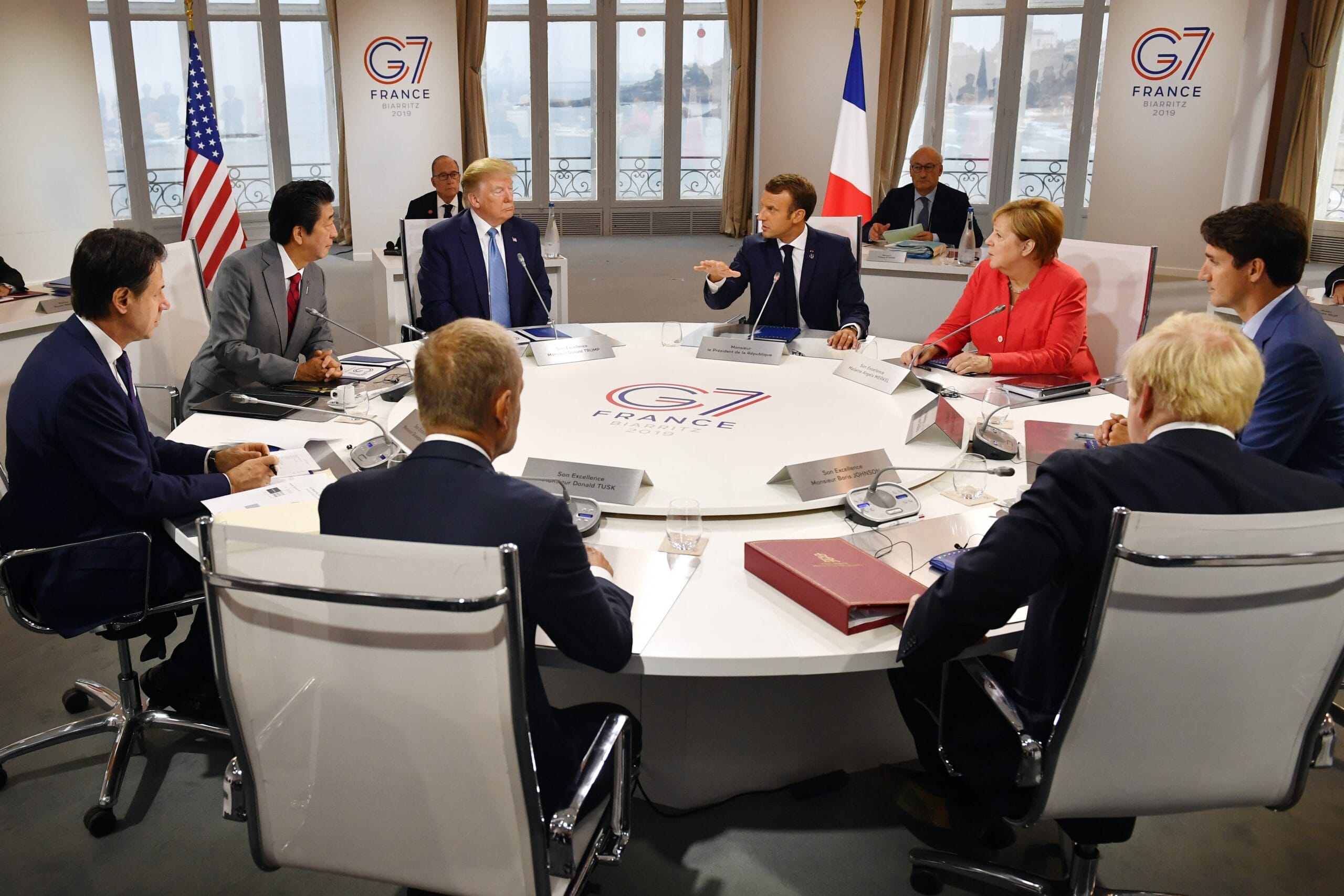Former President Donald Trump has taken a bold step towards reshaping international trade policies by unveiling a plan to implement rigorous tariffs on steel imports to the United States. In remarks disclosed aboard Air Force One, Trump emphasized the necessity for these measures as part of a broader effort to address trade imbalances while bolstering domestic industries.
The tariffs, set at 25%, will apply to all steel imports into the U.S. This move comes as a response to longstanding grievances about uneven trade practices that, according to Trump, have disadvantaged American manufacturers and jeopardized the resilience of critical industries.
During his speech, Trump highlighted the importance of domestic steel production as a cornerstone of national security and economic independence. By imposing these tariffs, the aim is to reinvigorate the U.S. steel industry, protect jobs, and reduce reliance on foreign imports. “This is about putting America first and ensuring that we remain strong,” Trump said, affirming his commitment to revitalizing what he considers a vital sector of the American economy.
Over the past decade, the United States has increasingly imported steel from countries like China, Canada, and Mexico. This dependency has raised questions about the strength of domestic production capabilities, particularly in times of global economic uncertainty. By leveling the playing field, this tariff seeks to limit the influx of foreign metals that flood American markets at lower prices, undercutting local producers.
However, the announcement has already generated strong reactions worldwide. Several U.S. trading partners have expressed concerns about the potential ripple effects on global trade. Canada and Mexico, key exporters of steel to the United States, indicated that these tariffs could strain longstanding trade relationships. Although no exemptions have been formally announced, Trump hinted at the possibility of reciprocal agreements with allied nations.
Economic analysts predict a mixed outcome from the policy shift. On the one hand, it may encourage domestic steel producers to ramp up production, potentially creating jobs and stimulating economic activity within the United States. On the other hand, higher steel prices could increase operational costs for companies relying on steel as a raw material, from automotive manufacturers to construction firms.
Critics also warn that such tariffs could provoke retaliatory measures from affected nations, leading to a potential trade war with dire consequences for the global economy. The European Union, for instance, has previously signaled readiness to implement counter-tariffs in response to protectionist policies, which could disrupt global supply chains.
Despite these concerns, Trump’s announcement underscores his broader economic and trade agenda aimed at rebalancing the scales in favor of domestic markets. As more details emerge, the policy’s implementation timeline and its practical implications will undergo extensive scrutiny in both Washington and abroad.
With the steel tariffs set to take effect in the coming weeks, stakeholders across industries are bracing for changes. The coming days are expected to feature intense discussions, both in diplomatic circles and within the private sector, regarding the prospects for exemptions, potential litigation under World Trade Organization rules, and long-term economic impact.
As this policy unfolds, it will serve as a litmus test for future measures targeting other industries and a barometer for international trade relations during this pivotal period. It remains to be seen how this significant fiscal intervention will reshape the landscape for American industry and its trading partners.



